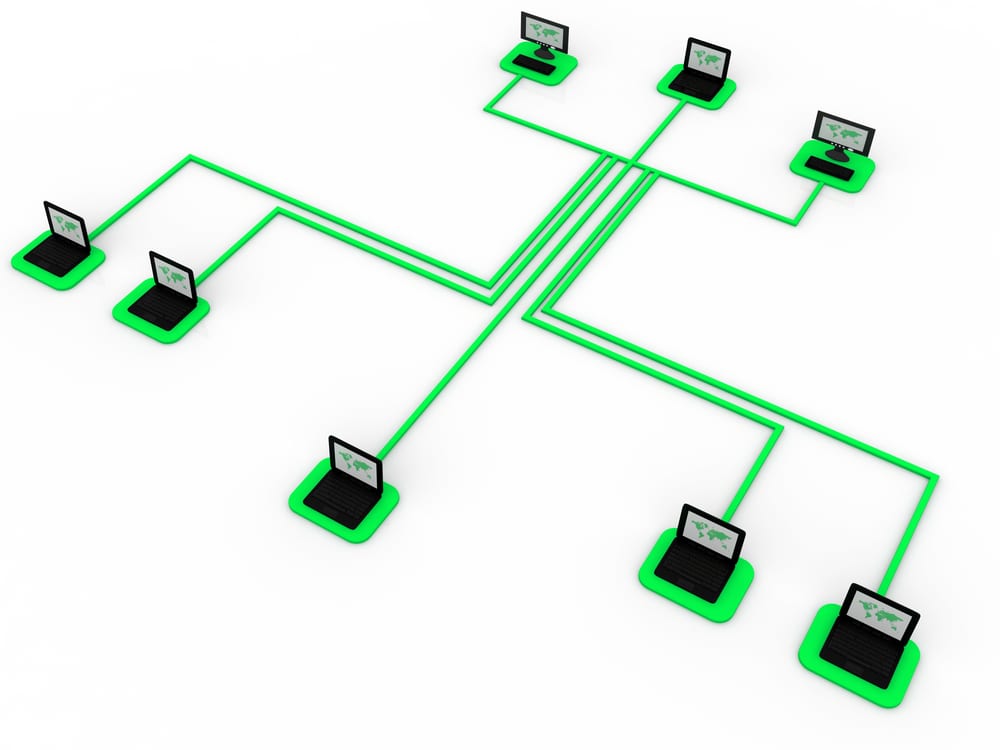Last week was full of economic data that pointed to an improving U.S. economy. The Institute for Supply Management’s (ISM) manufacturing index was better than expected for November, and that month’s auto and truck sales continued to climb on a month-to-month basis. We also finally received data on construction spending and new homes sales, both of which delivered better October figures versus. those for September. Even the big figure for last week, November jobs employment, was modestly ahead of expectations. Job creation was slightly better than expected, and the report reflected a bigger drop in the unemployment rate — to 7% from October’s 7.3%.
During the last several months, we’ve witnessed an almost steady decline in the unemployment rate, but largely for the wrong reasons — a drop in the labor force. While we had more than 200,000 jobs added in November, the number of people leaving the labor force in the November alone easily eclipsed the number of jobs created. In my book, this means the unemployment rate is falling for all the wrong reasons, and that view is backed by a near-historical low in the labor force participation rate, as well as Gallup’s own disappointing payroll-to-population figure.
But with a lack of economic data and corporate earnings this week, the stock market herd once again will fixate on when the Federal Reserve will taper its stimulative efforts. We all know the Fed is pumping $85 billion in to the economy each month. I refer to that monetary stimulus as training wheels. Much like a toddler on a bike, it is those wheels that have been guiding our economy to ensure that it does not fall.
Now, we can get caught up in all of the chatter by the talking heads on CNBC, MSNBC, Fox Business and the like, or we actually can listen to Federal Reserve officials. That’s right, those folks give speeches and interviews, and based on their comments, we can hone in on what may actually happen rather than listen to the fear mongering and hype fest that we find on cable news. With that in mind, let’s consider the following:
- Remarks from St. Louis Federal Reserve Bank President James Bullard voicing support for a “small taper.”
- Speaking to Reuters following the November Employment Report, Charles L. Evans, president of the Federal Reserve Bank of Chicago said, “Everything else equal, I would like to see a couple of months of good numbers.”
- In a recent speech, William C. Dudley, the president of the Federal Reserve Bank of New York and a key supporter of the bond purchase program, said, “I hope that this marks a turning point for the economy…We have seen such bursts in payroll growth before over the past few years and have been disappointed when the pickups proved temporary.”
Despite what the stock market may think, it seems the Fed is likely to error on the cautious side and wait before tapering. Given the guideline laid out by Fed Chairman Ben Bernanke several months ago — a 6.5% unemployment rate and 2% inflation — the Fed has at least a few months before bumping up against those metrics, particularly the unemployment rate.
As I have said before, there are two questions to ponder when it comes to Fed tapering. Most tend to focus on when — will it be December? January? March? While timing is important, so, too, is the degree of tapering, and that is the bigger unknown. Will the Fed taper to the tune of $40-$50 million out of the gate? I doubt it. Rather, I expect that when the Fed does taper, it will start slowly, removing the stimulus gradually so as not to upset the applecart that is the U.S. economy. This situation reminds me of an old carpenter’s saying, which goes something like this — better to measure twice, because you can only cut once. In this case, too steep of a cut by the Fed right out of the tapering gate could cause more problems. Better to use the “baby-bear” approach and accelerate the taper later if the economy proves to be standing on its own two feet.
Between now and then, I’ll be looking for mispriced securities — cheap valuations despite promising outlooks — that match with my PowerTrend view on investing. It’s those investments that I’ll be recommending to my subscribers. Get on board and join us!
PowerTalk with Principal Solar Chairman and CEO Michael Gorton
Joining me this week on PowerTalk is Michael Gorton, the chief executive officer and chairman of Principal Solar Inc. (PSWW). There has been a lot of speculation by investors in the solar space, some making big money along the way and others losing it in the shares of companies like First Solar (FSLR), SunPower Corp. (SPWR) and, of course, Solyndra, Inc. It is the view of those at Principal Solar that many are thinking about the solar industry the wrong way. Rather than replacing traditional forms of energy — nuclear, coal and natural gas — Michael and his team see solar-generated electricity becoming a self-sustaining, investment-grade asset within two to three years.
Perhaps that is why the International Energy Agency (IEA) projects solar will provide up to 25% of global electricity production by 2050. Now, you may not believe that forecast — I’m not sure I do — but it’s not slowing down solar investments by Germany, China and Japan. Meanwhile here at home, traditional electricity-generation companies are preparing for that coming move down the solar cost curve. It sure sounds like Principal Solar is on to something. Sometimes, to see the real opportunity, you have to have a different view on things — and that’s just what Michael shares with us today.
Listen to my one-on-one conversation with
Michael Gorton, CEO and Chairman of Principal Solar Inc. (PSWW)
In case you missed it, I encourage you to read my PowerTrend Brief from last week about how you can score big profits in the holiday shopping season. I also invite you to comment in the space provided below.

![[Marriner S. Eccles Federal Reserve Board Building]](https://www.stockinvestor.com/wp-content/uploads/3363067053_e723e5dfa7_b.jpg)


